
By KATHLEEN O’CONNOR/Lincoln Chronicle
One of Lincoln County’s best-kept secrets may be the massive, breath-taking collection of fossils housed in Kent Gibson’s work shed in Newport – all found on local beaches. So far, 2,054 have been cataloged by the University of Oregon’s paleontology department, but the researchers are not even half finished with the task.
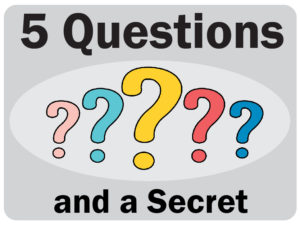 Gibson grew up in the country outside Newport, roaming beaches and waterways with his friends and brothers. He began collecting fossils in 1996 when he realized, on closer look, that the rock he had been tossing on the beach for his black lab, Bart, was something more. It turned out to be a fossilized porpoise skull.
Gibson grew up in the country outside Newport, roaming beaches and waterways with his friends and brothers. He began collecting fossils in 1996 when he realized, on closer look, that the rock he had been tossing on the beach for his black lab, Bart, was something more. It turned out to be a fossilized porpoise skull.
Intrigued, Gibson wondered what else he could find on the beach, and his collection grew quickly – he found dozens and dozens of skulls, vertebrae, shells, pinecones, turtles, sturgeon scutes and one shark tooth. He collected fossils quietly for about 12 years, but finally he attended a presentation by artist Ray Troll and paleontologist Kirk Johnson, who were on a tour promoting their book Cruisin’ the Fossil Freeway. He took along a dozen fossils, and at the end of the presentation Troll and Johnson agreed to look at them, although somewhat reluctantly. Within minutes they were in an animated discussion about exactly what they were looking at, amazed, and by the next afternoon they were out on a three-hour fossil hunt with Gibson.
Everything changed for Gibson after that meeting. Suddenly he was connected to the wide world of paleontology experts, including, before long, the director of the Smithsonian National Museum of Natural History.
Question: How do you find so many fossils?
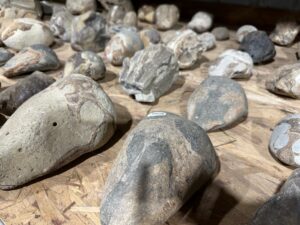
Answer: Well, first, I am on the beach a lot in the winter, on the outgoing tide. During the winter, sand is washing out on our beaches, and the rocks are exposed. Once you can see rocks you can find fossils. I always walk a grid from the high tide mark to the low tide mark. Second, and this is most important, I know what colors to look for.
Fossils from the Astoria Formation are a particular shade of brown … they are not grey or black. Fossils from the Nye Mudstone Formation are a certain shade of reddish-brown. The beach between Otter Rock and Yaquina Head is on top of the Astoria Formation with fossils about 17 million years old, and the beach between Seal Rock and South Beach is on the Nye Mudstone formation, with fossils dating back 20 million years. It took me five years, but I finally developed a very good eye for seeing those two colors.

I’m usually out on the beach for two or three hours and on average I find six to 10 fossils each time I’m out … If I find one that is too heavy to carry I go back home to get either my heavy-duty hand truck or my custom cart.
Over time and by trial and error I’ve gotten better at preparing the fossils – chipping away at the matrix around them to expose the actual fossil. I use vinegar in certain situations, but mostly I use air scribes of various sizes and a micro sandblasting machine. I use Paraloid B72 to help stabilize them once they are exposed. I have a whale skull in my shop right now that I have been working on for about 130 hours.
I knew nothing about paleontology when I started. It’s much easier to identify a fossil now that I can post pictures on the internet – I get a lot of help from people who belong to the North American Research Group which is a society for amateur fossil hunters.
Q: How did you get connected with the Smithsonian National Museum of Natural History?
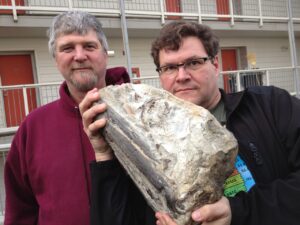
A: Not long after I met him, Kirk Johnson let me know that he was the new director of the museum. I was astounded when he asked if I would donate some of my fossils to them. I sent seven skulls — a dolphin, a river dolphin, a porpoise, a marlin, a seal, a whale and a rare Desmostylus. I flew to Washington D.C. in 2015 as a guest of the museum – it was such an honor to be able to visit the archives and have coffee with the scientists and meet the behind-the-scenes staff. While I was there, I joined a fossil hunting trip in Maryland to the Calvert Cliffs. I found about 30 fossils that day.
Q: What are the specimens that you are most proud of?
A: Definitely the first Desmostylus skull I found, which is like the Holy Grail for west coast fossil hunters. Desmostylus is an extinct herbivorous marine animal that looked a bit like a hippopotamus and lived along the west coast of Mexico and the United States and around Japan. They have groups of teeth that all have one root. Also, the marlin skull, which I found in 2004 on Moolack Beach.
Both of those are at the Smithsonian, but I have casts of both at my shop, and since loaning them to the museum I have found another Desmostylus skull.
Q: What are you going to do with your collection?
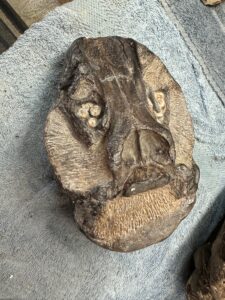
A: I want very much to give my entire collection to the University of Oregon, but they do not have space currently. I am in close contact with Ed Davis at the University of Oregon. He’s an assistant professor and the director of the Condon Fossil Collection. I am hoping that a grant or a donation could change things, allowing the university to acquire more space. University students and staff come over occasionally to hunt for fossils with me and to continue cataloging my collection, but the university can’t accept it yet. Fossils must be part of a publicly accessible collection before they can be studied by scientists – so all my fossils are currently not contributing to research. Still, I am dedicated to continuing to save as many of them as I can for the future. I just can’t bear thinking about them being pounded to dust by the ocean.
It’s illegal to sell fossils collected on public land, so the collection has no monetary value.
Q: What have you collected besides agates and fossils?
A: I have always collected natural things, starting with agates here in Lincoln County. I dredged for gold in California before it was banned and I used a metal detector to find gold nuggets in Nevada and Arizona. I also have an extensive collection of minerals. While I was in Nevada I met an old man, kind of a fossil himself, named Peg Leg John. I visited him for six years to go mineral hunting – he knew where to find fabulous quartz crystals out in the middle of nowhere near Winnemucca.
Tell us a secret.
Most of my friends know that I suffered a serious back injury while fishing in Alaska when I was in my 20s. They might not know that I survived by grabbing onto the deck railing with only my left hand after being knocked off the deck at midnight in 30-foot seas when the wind was blowing 70 mph. My mates dragged me back onto the boat. I broke my back in three places – the recovery was long.
- Kathleen O’Connor is a Waldport freelance writer who can be reached via email at kmoc8916@gmail.com



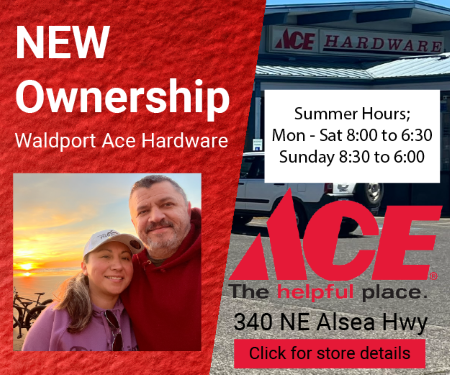



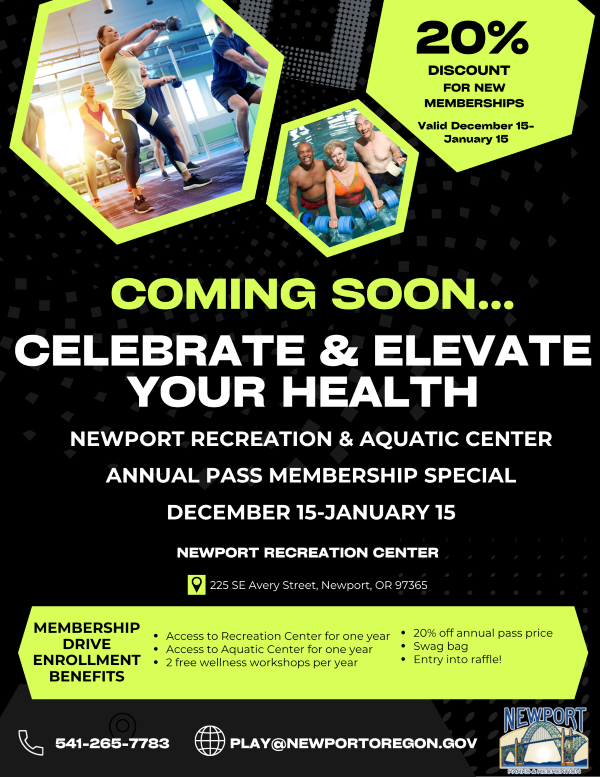


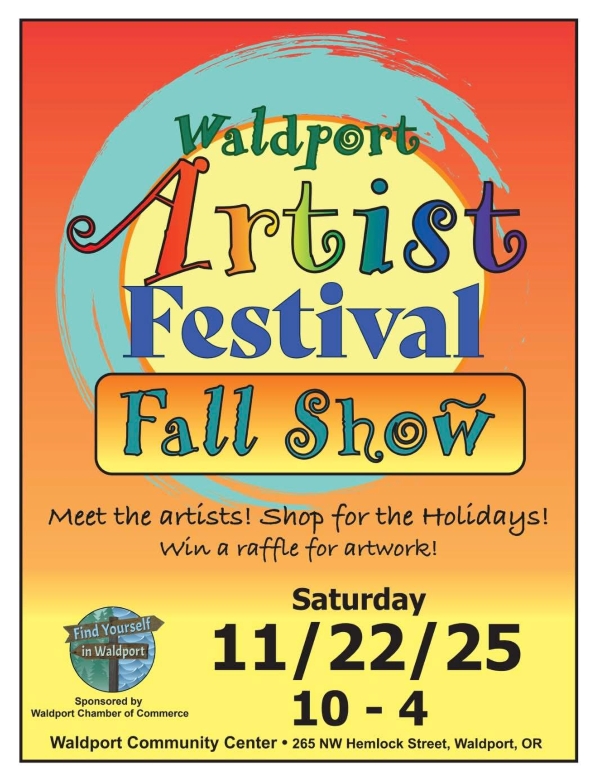
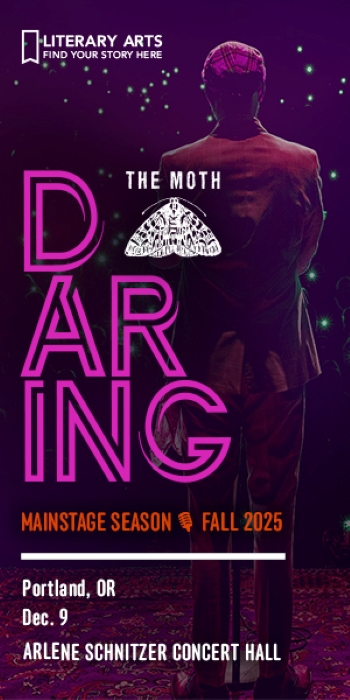
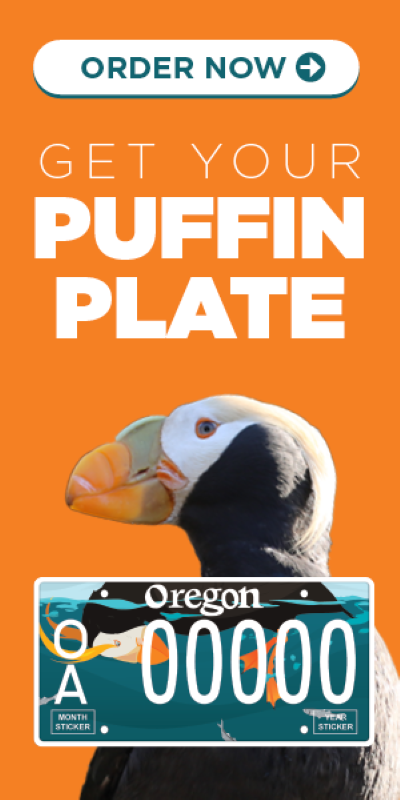



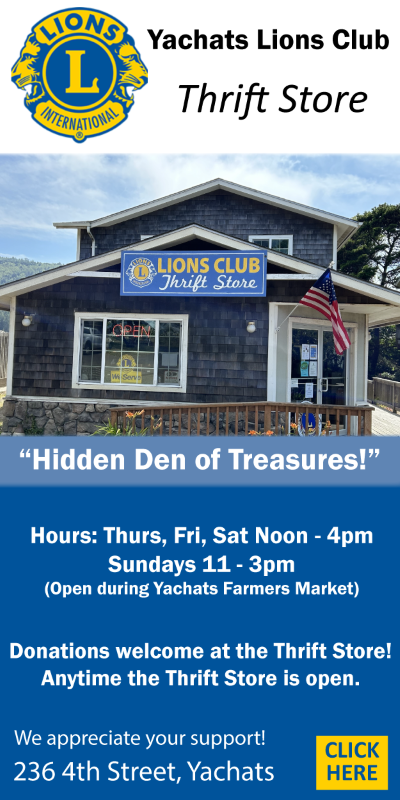
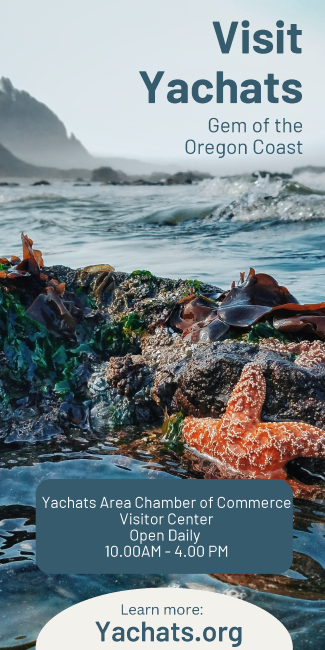

Fantastic read!! Fascinating. I will be looking at the beach rocks with a different eye view when I am on the beach in a few weeks. Thank you.
I think it would be important to tell the public the rules and laws about hunting fossils on the beach. So folks don’t come out and start destroying cliffs and rocks with tools. Please do this update. This is important and responsible to inform people. Thanks.